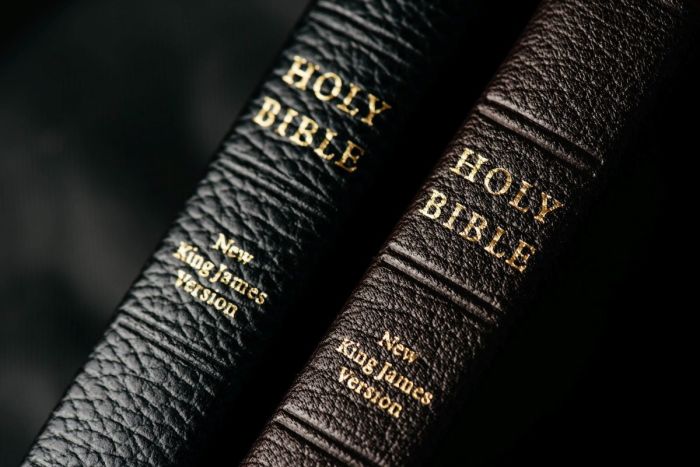Did God stigmatize the disabled in Old Testament law? John Piper discusses

Reformed Baptist theologian and author John Piper recently discussed whether God stigmatized the physically disabled in Old Testament law prohibiting people with physical defects from serving in the Temple.
In an episode of his "Ask Pastor John" podcast posted to Desiring God's website on Thursday, a listener identified as Gina asked about a requirement in the Old Testament barring individuals with physical defects from nearing the altar.
Gina cited Leviticus 21:16-21, which says, "none of your descendants who has a defect may come near to offer the food of his God," citing as examples those who are "blind or lame, disfigured or deformed" and anyone "who is a hunchback or a dwarf, or who has any eye defect, or who has festering or running sores or damaged testicles."
"The tone changes drastically in the Gospels. There, Jesus, the true Temple, welcomes the blind, the lame and the diseased right into his very presence," said Gina. "So, why would God in the Old Testament not allow them near the altar? It seems sad to me, and it compounds their suffering."
Piper stated, "What God did when He did it was right to do when He did it, and He had reasons for doing it, and it may not be right for us to do it today because such profound things have changed."
"God wants to make the perfections of the sanctuary so symbolically and visibly clear that He establishes a correlation between the deforming of the physical body and the deforming of the sanctuary," said Piper, the chancellor of Bethlehem College and Seminary in Minneapolis, who served three decades as pastor of Bethlehem Baptist Church in Minneapolis.
"Or, to say it another way, He insists that there be a correlation between the perfections of those who approach the sanctuary and the perfection of the sanctuary itself, which is a reflection of His own perfection."
Piper added that Levitical restrictions were meant to reflect God's "unapproachable holiness," while Jesus' earthly ministry in the New Testament reflected God's "overflowing mercy and grace."
"I think God highlighted the demands for perfection in the Old Testament in an outward way so as to make really clear that no form of imperfection would ever stand in God's presence permanently," he continued.
"He would one day not only justify the ungodly and be willing to touch lepers … but He would also utterly transform the ungodly into sinless, godly people, and take away every leprosy and every disease and every disability and every deformity."
The website Bibledingers also addressed the Leviticus passage in a 2020 column, arguing that "we must view these physical deformities and diseases in light of what they represent."
"The prohibitions for people with these deformities had little to do with the deformities in and of themselves. They were given because they represent impurity and sin," stated the apologetics website.
"God discriminates where his holiness is concerned and in the context of these verses, sin cannot dwell in the presence of God. We see this when the High Priest would enter the Holy of Holies once a year on the Day of Atonement to offer the blood sacrifice to God for the sins of himself and the people of Israel (Leviticus 16). These blood sacrifices came from a bull and a goat that were without blemish."



























